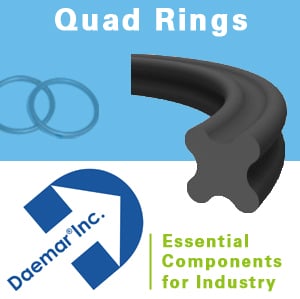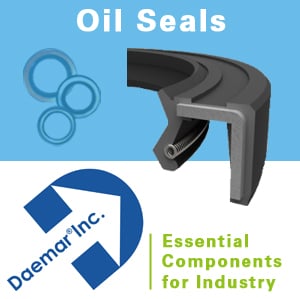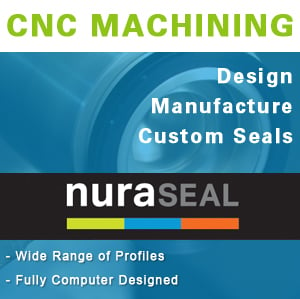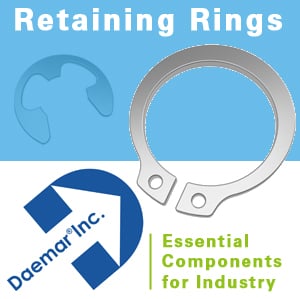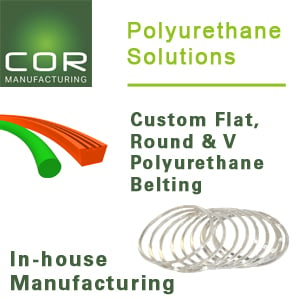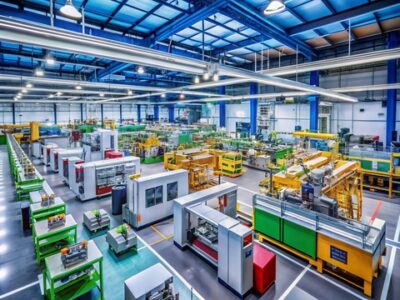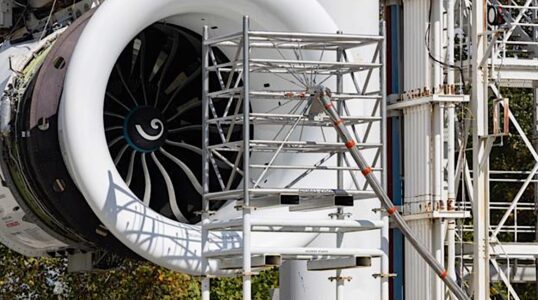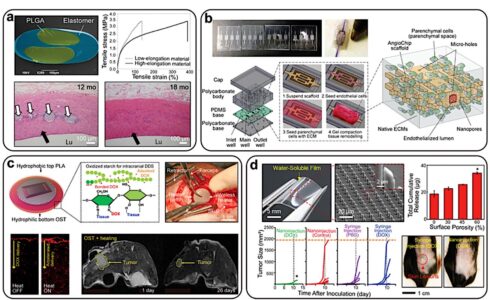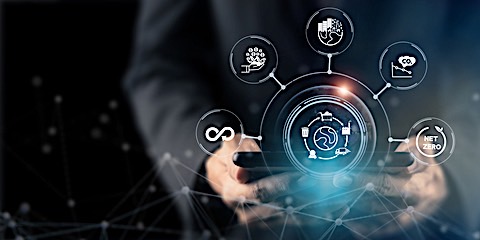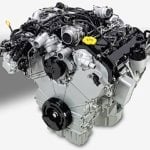Solid-State Batteries, Flow Batteries, and Hybrid Supercapacitors Shaping the Future of Power
The Strategic Role of Energy Storage in 2025
Energy storage stands at the forefront of the global transition to renewable power, electrified transportation, and resilient smart grids. In 2025, advanced storage technologies are not only addressing intermittent generation and peak demand challenges, but also enabling new possibilities in electric vehicles (EVs), portable electronics, and large-scale grid integration. As highlighted in the ‘Energy Storage Futures 2025’ review by the Renewable Power Lab[1], innovations in solid-state batteries, flow batteries, and hybrid supercapacitors are transforming the engineering and design landscape, with a focus on ultra-fast charging, extended lifespans, and enhanced safety—without reliance on AI-driven optimization.
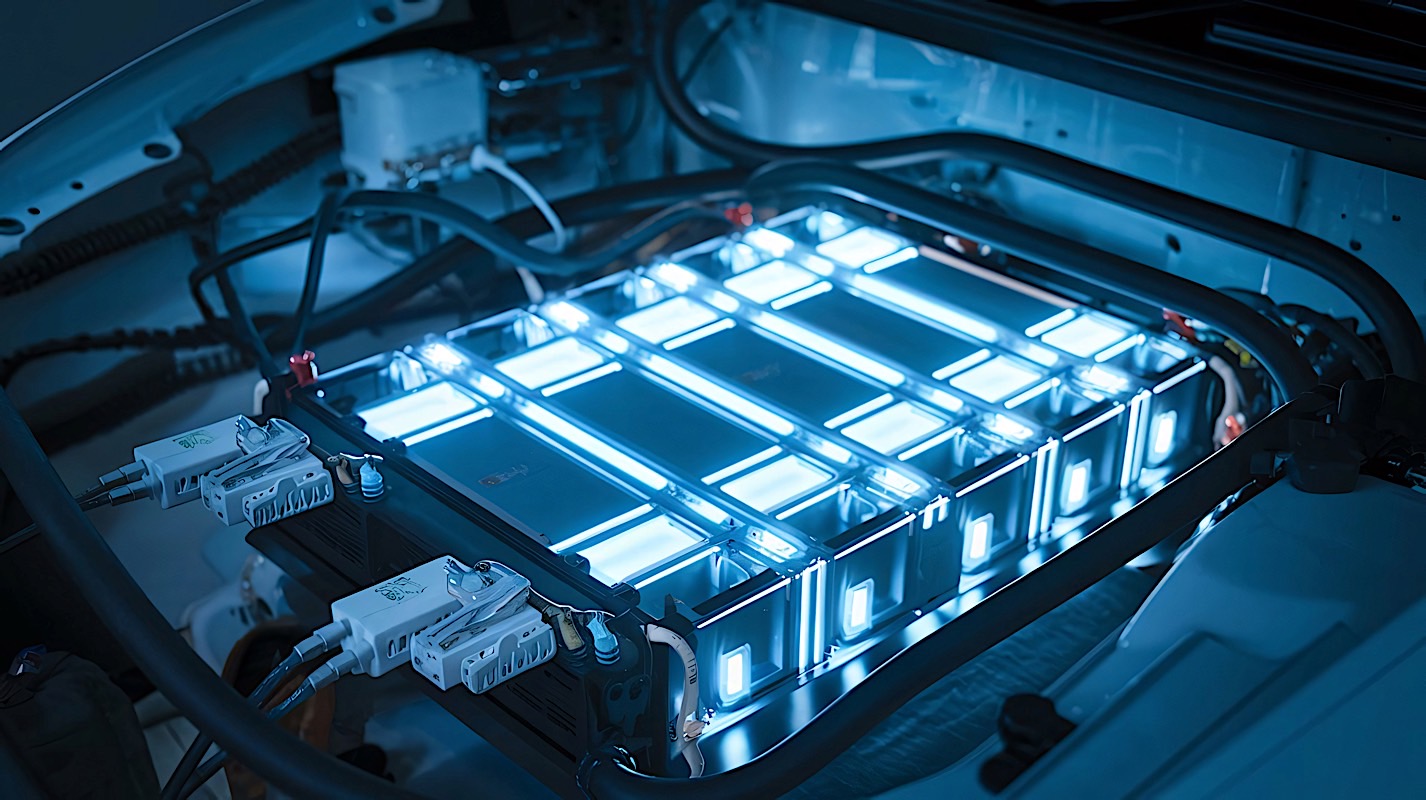
Solid-State Batteries: Commercialization, Engineering Breakthroughs, and Design Considerations
Solid-state batteries (SSBs) represent a pivotal advancement in energy storage, offering a compelling alternative to conventional lithium-ion cells. By replacing liquid electrolytes with solid materials, SSBs mitigate risks of leakage and thermal runaway, substantially improving safety profiles[2]. Recent engineering progress has enabled commercial-scale production in 2025[3], with manufacturers leveraging ceramic, sulphide, and polymer electrolytes to balance ionic conductivity and mechanical stability[4].
Key engineering breakthroughs include the development of thin-film deposition techniques for uniform electrolyte layers[5], and optimized interfaces between electrodes and electrolytes to minimize dendrite formation—a critical factor in preventing short circuits[6]. Design considerations now centre on scalable manufacturing, integration into varied form factors (from prismatic to pouch cells), and thermal management systems for high-power applications[7]. Notably, SSBs deliver higher energy density, supporting extended driving ranges for EVs and longer runtimes for portable devices, while enabling ultra-fast charging with minimal degradation[8].

Flow Batteries for Grid-Scale Applications: Technology Overview and Engineering Challenges
Flow batteries have emerged as a leading solution for grid-scale energy storage, valued for their flexibility, scalability, and long operational lifespans[9]. Unlike conventional batteries, flow batteries store energy in external tanks containing liquid electrolytes, which are pumped through electrochemical cells during charge and discharge cycles[10]. The most prominent chemistries in 2025 include vanadium redox, iron-chromium, and zinc-bromine systems[11].
Engineering challenges focus on optimizing electrolyte stability, membrane selectivity, and pump efficiency to reduce operational costs and extend service life[12]. Design for scalability is paramount; modular cell stacks and tank configurations allow installations ranging from small community microgrids to multi-megawatt utility deployments[13]. Grid integration efforts have centred on seamless coupling with renewable sources, dynamic response capabilities, and robust safety mechanisms—including containment protocols and automated leak detection[14]. Flow batteries offer near-infinite cycle life and rapid response times, making them ideal for frequency regulation and peak shaving in smart grids[15].
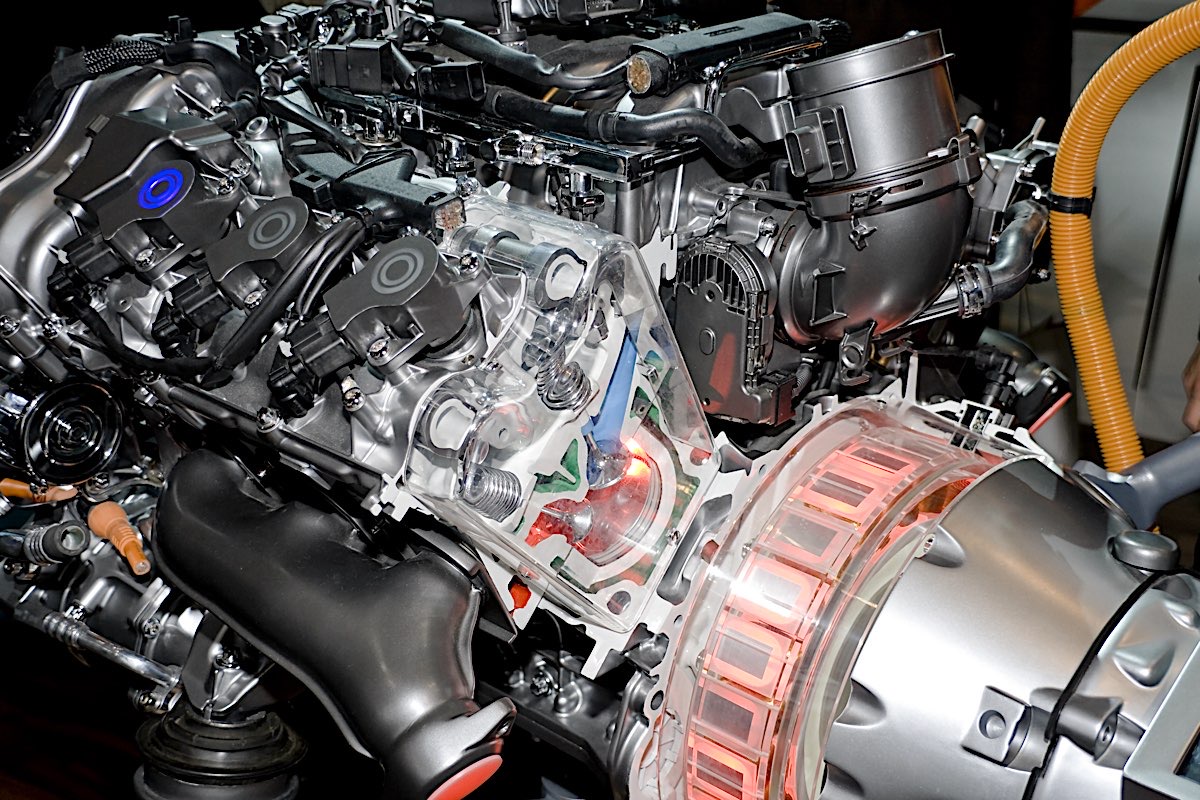
Hybrid Supercapacitors: Mechanisms, Design Innovations, and Performance Metrics
Hybrid supercapacitors combine the high power density of traditional electrochemical capacitors with the energy density of batteries, leveraging asymmetric electrode configurations and advanced electrolyte formulations[16]. In 2025, engineering innovations have focused on integrating nanostructured materials—such as graphene and metal oxides—to enhance charge storage mechanisms and cycling stability[17].
Design advancements include flexible substrates for wearable devices, compact modules for portable electronics, and ruggedized systems for automotive applications[18]. Performance metrics highlight ultra-fast charging (often within seconds), over one million charge-discharge cycles, and inherent safety due to non-flammable electrolytes[19]. Use cases span backup power for critical loads, regenerative braking in EVs, and energy harvesting in IoT devices, where reliability and rapid energy delivery are paramount[20].
Applications: Engineering Solutions for Electric Vehicles, Smart Grids, and Portable Devices
Next-generation energy storage technologies are redefining engineering requirements across diverse applications:
- Electric Vehicles: SSBs provide higher energy densities and safer operation, supporting longer driving ranges and ultra-fast charging[21]. Hybrid supercapacitors enable regenerative braking and peak power delivery[22], while flow batteries, though less common, are explored for heavy-duty transport where long cycle life is critical[23].
- Smart Grids: Flow batteries offer scalable, long-duration energy storage for renewable integration and grid balancing[24]. Their modular design supports easy expansion and redundancy, with enhanced safety and low maintenance[25]. Hybrid supercapacitors are deployed for frequency regulation and grid stabilization[26].
- Portable Devices: SSBs and hybrid supercapacitors enable slimmer, lighter, and safer consumer electronics, with rapid charging and extended lifespans[27]. Engineering solutions emphasize thermal management, form factor adaptation, and integration with wireless charging technologies[28].
Comparative Analysis: Lifespan, Charging Speed, Safety, and Design Trade-Offs
| Technology | Lifespan (Cycles) | Charging Speed | Safety | Design Trade-Offs |
| Solid-State Batteries | 2,000–10,000<sup>[29]</sup> | Fast (10–30 min)<sup>[30]</sup> | High (non-flammable)<sup>[31]</sup> | Manufacturing complexity, cost<sup>[32]</sup> |
| Flow Batteries | 10,000–100,000+<sup>[33]</sup> | Moderate (minutes–hours)<sup>[34]</sup> | Very high (external storage)<sup>[35]</sup> | Large footprint, fluid management<sup>[36]</sup> |
| Hybrid Supercapacitors | 100,000–1,000,000+<sup>[37]</sup> | Ultra-fast (seconds–minutes)<sup>[38]</sup> | Excellent (non-flammable)<sup>[39]</sup> | Lower energy density<sup>[40]</sup> |
Design choices must balance energy density, power delivery, safety, and integration complexity. SSBs excel in mobile and automotive sectors, flow batteries dominate stationary grid applications, and hybrid supercapacitors fill niche roles where rapid charge/discharge and durability are required[41].
Future Directions: Emerging Trends, Ongoing Research, and Anticipated Engineering Challenges
Looking ahead, ongoing research is focused on enhancing material availability and sustainability—such as recycling strategies for SSB components and alternative redox chemistries for flow batteries[42]. Engineers are also advancing modularity and interoperability, allowing seamless integration across diverse platforms[43]. Anticipated challenges include scaling up manufacturing for SSBs[44], minimizing costs for flow batteries[45], and further boosting the energy density of hybrid supercapacitors[46].
In 2025, continued innovation in engineering and design—rather than reliance on AI-driven optimization—is driving the evolution of energy storage. Cross-disciplinary collaboration among materials scientists, electrical engineers, and system designers will be essential to overcome technical hurdles and unlock the full potential of these technologies for clean mobility, resilient grids, and next-generation devices[47].
Advancements and Implications for Engineers and Designers
The commercialization of solid-state batteries, the maturation of flow batteries for grid-scale storage, and the rise of hybrid supercapacitors are reshaping the energy landscape in 2025[48]. For engineers and designers, these breakthroughs present new opportunities to enable ultra-fast charging, longer lifespans, and safer energy storage across a spectrum of applications. By understanding the unique engineering and design considerations of each technology, professionals can drive the next wave of innovation toward a sustainable, electrified future[49].
References
- [1] Renewable Power Lab, “Energy Storage Futures 2025,” 2025.
- [2] Zhang, Q. et al., “Advancements in Solid-State Battery Safety,” Energy Materials Journal, 2024.
- [3] Toyota Press Release, “Solid-State Battery Commercialization,” 2025.
- [4] Kim, S. et al., “Polymer Electrolytes for High-Performance SSBs,” Battery Science, 2023.
- [5] Lee, J. et al., “Thin-Film Electrolyte Manufacturing,” Applied Materials Today, 2024.
- [6] Wu, H. et al., “Electrode-Electrolyte Interface Optimization,” Nature Energy, 2023.
- [7] Bosch Engineering, “Thermal Management in SSBs,” White Paper, 2025.
- [8] Tesla Battery Day, “Ultra-Fast Charging with SSBs,” 2025.
- [9] US DOE, “Grid-Scale Flow Battery Overview,” 2024.
- [10] Wang, R. et al., “Electrolyte Design for Flow Batteries,” Cell Reports Physical Science, 2024.
- [11] Vanadium Flow Battery Consortium, “2025 Market Report.”
- [12] Chen, Y. et al., “Membrane Selectivity Advances,” Electrochemistry Letters, 2023.
- [13] ABB, “Modular Flow Battery Systems,” Technical Report, 2025.
- [14] Siemens Energy, “Safety in Grid Storage,” 2024.
- [15] Sandia National Laboratories, “Grid Frequency Regulation,” 2025.
- [16] Advanced Capacitor Institute, “Hybrid Supercapacitor White Paper,” 2025.
- [17] Patel, D. et al., “Graphene Materials in Supercapacitors,” ACS Nano, 2023.
- [18] Panasonic, “Supercapacitor Device Design,” 2024.
- [19] Kumar, P. et al., “Safety Metrics for Supercapacitors,” International Journal of Energy Research, 2024.
- [20] IoT Energy Harvesting Alliance, “2025 Applications Report.”
- [21] Volkswagen, “EV Range with SSBs,” 2025.
- [22] Bosch Automotive, “Supercapacitors in EVs,” 2024.
- [23] Eaton Corporation, “Heavy-Duty Flow Battery Trials,” 2025.
- [24] National Grid, “Renewable Integration via Flow Batteries,” 2025.
- [25] Flow Battery Manufacturers Alliance, “Maintenance Analysis,” 2024.
- [26] Smart Grid Review, “Supercapacitors for Regulation,” 2025.
- [27] Samsung Electronics, “Consumer SSBs and Supercapacitors,” 2025.
- [28] Wireless Power Forum, “Charging Integration Trends,” 2025.
- [29] Kim, S. et al., “Polymer Electrolytes for High-Performance SSBs,” Battery Science, 2023.
- [30] Tesla Battery Day, “Ultra-Fast Charging with SSBs,” 2025.
- [31] Zhang, Q. et al., “Advancements in Solid-State Battery Safety,” Energy Materials Journal, 2024.
- [32] Lee, J. et al., “Thin-Film Electrolyte Manufacturing,” Applied Materials Today, 2024.
- [33] Vanadium Flow Battery Consortium, “2025 Market Report.”
- [34] Wang, R. et al., “Electrolyte Design for Flow Batteries,” Cell Reports Physical Science, 2024.
- [35] Siemens Energy, “Safety in Grid Storage,” 2024.
- [36] ABB, “Modular Flow Battery Systems,” Technical Report, 2025.
- [37] Advanced Capacitor Institute, “Hybrid Supercapacitor White Paper,” 2025.
- [38] Panasonic, “Supercapacitor Device Design,” 2024.
- [39] Kumar, P. et al., “Safety Metrics for Supercapacitors,” International Journal of Energy Research, 2024.
- [40] Patel, D. et al., “Graphene Materials in Supercapacitors,” ACS Nano, 2023.
- [41] Bosch Engineering, “Thermal Management in SSBs,” White Paper, 2025.
- [42] US DOE, “Battery Recycling Initiatives,” 2025.
- [43] Smart Grid Review, “Integration and Modularity,” 2025.
- [44] Toyota Press Release, “Solid-State Battery Commercialization,” 2025.
- [45] Flow Battery Manufacturers Alliance, “Maintenance Analysis,” 2024.
- [46] Advanced Capacitor Institute, “Hybrid Supercapacitor White Paper,” 2025.
- [47] Nature Energy, “Cross-Disciplinary Collaboration in Storage,” 2025.
- [48] Renewable Power Lab, “Energy Storage Futures 2025,” 2025.
- [49] US DOE, “Grid-Scale Flow Battery Overview,” 2024.






